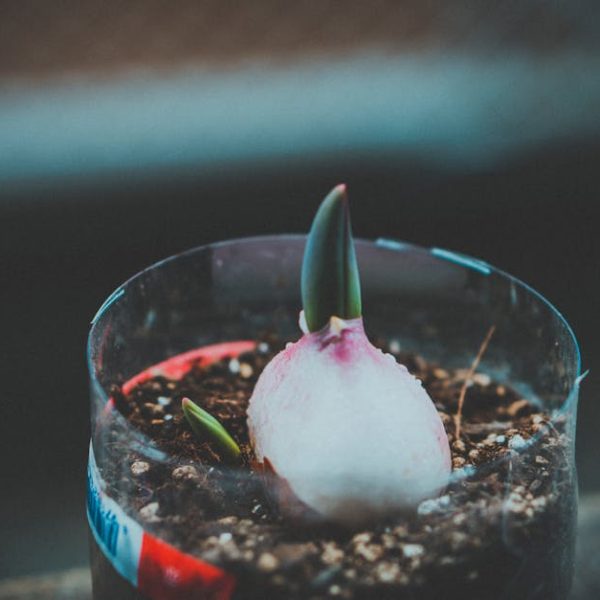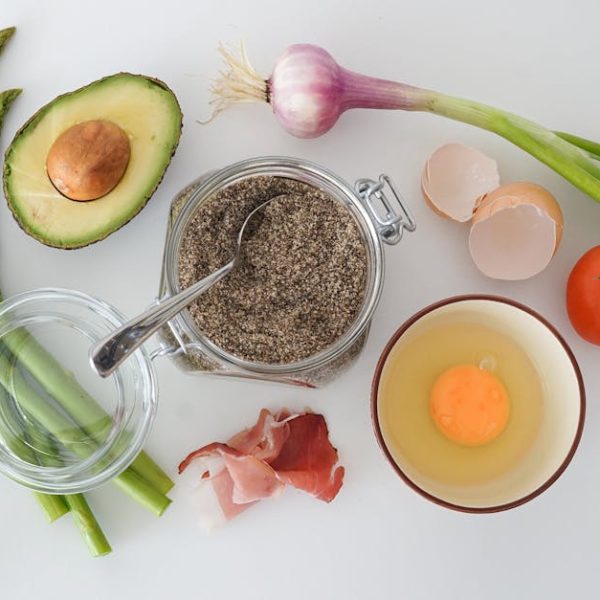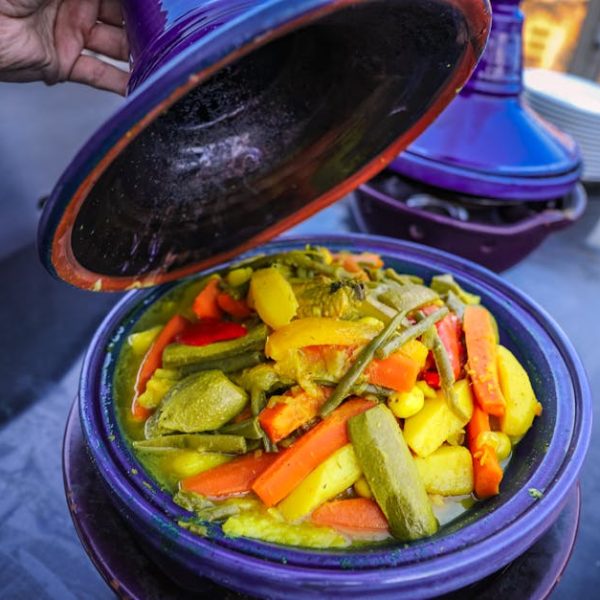There’s nothing quite like the versatile butternut squash, whether you’re in the mood for a comforting soup, hearty roast, or even a sweet dessert. Making the most of this vibrant vegetable isn’t just about mastering recipes. You also need to understand how to store it properly. That’s where freezing comes into play. Freezing butternut squash can extend its lifespan and preserve its high-quality taste and texture. This article will guide you through the process of preparing, blanching, freezing, thawing, using, and maintaining the quality of your butternut squash.
Preparing Butternut Squash for Freezing
The first step towards successful freezing hinges on proper preparation. You should begin by cleaning your squash using wash water and a soft scrub. It’s also a good idea to towel it dry to limit ice crystal formation during freezing. Peeling comes next, and a sturdy peeler and chopping board will save you time and prevent unwanted accidents. Once your squash is peeled, grab a sharp knife and slice the vegetable into similar proportions. This will ensure quick, even freezing and later, uniform cooking times.
Best Practice: Be sure to eliminate any seeds before you freeze your butternut squash. This is not only for convenience when cooking, but also because the seeds can develop a bitter taste after being frozen.
Blanching Butternut Squash for Optimal Freshness
Blanching is an underutilized method that can make a significant difference in preserving the squash’s vibrancy and taste. To blanch your butternut squash, you’ll need to submerge the pieces in boiling water for around two minutes, then immediately cool them in an ice bath. This process locks in the squash’s color, texture, and flavor, keeping it fresh even after thawing.
Pro Tip: Don’t neglect the ice bath step after blanching. This technique, known as shock cooling, is often overlooked but is essential in halting the cooking process, leaving you with firm, colourful, and flavourful squash.
Freezing Process for Butternut Squash
Once your butternut squash has been blanched, it’s time to focus on the freezing process. You can choose to vacuum-seal your squash for space-saving purposes and extended shelf-life or freeze it in plastic bags or containers for easier access and convenience.
Best Practice: Regardless of your chosen method, always aim to distribute the squash pieces evenly without them touching. Also, flatten bags before freezing them, and ensure they’re sealed tightly to prevent freezer burn. Affixing labels with dates on them is another great idea for rotational use and freshness checks.
In part two, we’ll delve deeper into thawing and using frozen butternut squash and maintaining the quality of your frozen squash for maximum enjoyment.
Thawing and Using Frozen Butternut Squash
Thawing your frozen butternut squash appropriately is just as crucial as the initial preparation and freezing steps. Always ensure that you thaw your frozen squash in the refrigerator, not at room temperature, to avoid any risk of bacterial growth.
Once it’s thawed, you’re ready to include this delightful vegetable in your meals. While you have a vast array of options at your disposal, butternut squash is particularly memorable in dishes such as:
- Squash soup
- Roasted butternut squash
- Butternut squash risotto
- Butternut squash pasta
- Butternut squash and spinach lasagna
Pro Tip: If you’re whipping up a soup or stew, you can toss the frozen squash directly into your pot. Bypassing the thawing process helps maintain the squash’s texture and taste.
Maintaining the Quality of Frozen Butternut Squash
Correctly frozen butternut squash can last in the freezer for up to 12 months without a significant loss in quality. Factors that can influence its longevity include the freezer’s temperature and the storage method.
Best Practice: Keep your freezer’s temperature at a steady 0°F or lower to maintain optimal freshness. Also, even though your squash may last a year, always try to use the oldest stored squash first to ensure you’re enjoying your produce at its peak.
Finally, while long term storage of butternut squash in the freezer ensures you have this versatile veggie on hand all year round, it’s essential to understand that the longer it stays in the freezer, the higher the chances it will lose some of its attributes.
As you can see, freezing butternut squash is a handy trick that’s well worth learning. With the right preparation, blanching, and freezing process, you’ll always have this warm, delicious vegetable at the ready for your next culinary adventure.
Key Takeaway:
- Proper preparation is essential before freezing butternut squash. This includes cleaning, peeling, removing seeds, and cutting into uniform pieces.
- Blanching squash helps to maintain its color, texture, and flavor. Shock cooling in an ice bath stops the cooking process and retains these attributes.
- Squash can be stored using vacuum-sealing or plastic bags/containers. Lay flat in bags for space conservation and label with dates for rotation.
- Thaw appropriately in the refrigerator before use. Frozen squash can be added directly into soups and stews without thawing.
- The quality of frozen squash can last for up to 12 months if stored at a steady 0°F. It’s advisable to use the oldest stock first.
Enjoy the process of preparing and storing your butternut squash. With these guidelines, you are assured that your squash stays fresh, appetizing, and ready for your favorite recipes. Embrace the convenience and the ability to enjoy butternut squash in any season, even when it’s not in season!
FAQs
Q: What is the best way to cut butternut squash for freezing?
A: The best way is to cut the butternut squash into uniform pieces. This ensures that all pieces will freeze evenly and will also cook at the same rate when you use them in your cooking.
Q: Will the texture of butternut squash change after freezing and thawing?
A: When proper steps such as blanching followed by shock cooling are applied, the texture of the squash is generally well-preserved. Some minor changes can be expected but should not significantly affect the quality of your dishes.
Q: Can I use the frozen butternut squash without thawing it first?
A: Yes, you can directly use frozen squash in cooking, especially in dishes like soups or stews. This is even recommended as it helps maintain the squash’s original taste and texture.
Q: I missed the blanching process before freezing, will this affect the quality of the butternut squash?
A: While you can still freeze squash without blanching, the vegetable might lose some of its color, texture, and flavor. Blanching helps to lock in these qualities and lengthen the vegetable’s freezer life.
Q: Can I refreeze thawed butternut squash?
A: As a safety measure, it’s not recommended to refreeze thawed squash. It’s best to only thaw what you’ll need.
Invite others to learn these useful freezer tricks by sharing this article, and don’t forget to explore our platform for more exciting and informative posts on food storage and prep.






